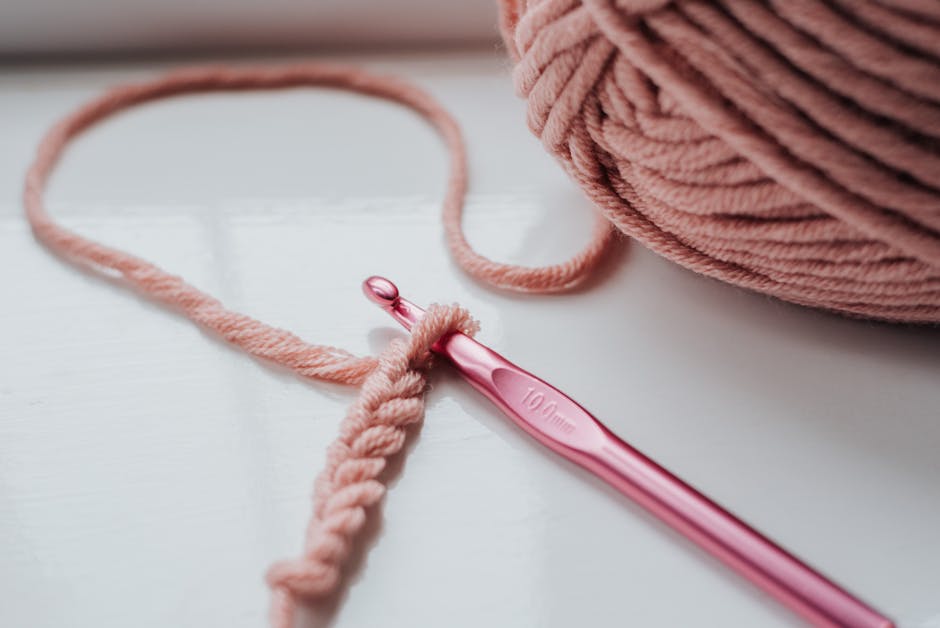Understanding Bamboo Yarn: Benefits, Uses, and Care Tips

What is bamboo yarn and its benefits?
Bamboo yarn is a sustainable and eco-friendly material made from the bamboo plant. It offers various benefits, making it a popular choice for clothing and textile products. Some advantages of bamboo yarn include its softness, breathability, and moisture-wicking properties. It is also hypoallergenic, making it suitable for sensitive skin. Additionally, bamboo yarn is known for its antibacterial and odor-resistant qualities.
Benefits of using bamboo yarn for knitting and crocheting
Bamboo yarn is an eco-friendly choice for your knitting and crocheting projects. It is naturally antibacterial and hypoallergenic, making it suitable for sensitive skin. Bamboo yarn is also known for its softness and breathability, providing comfort in your creations. Due to its moisture-wicking properties, it helps regulate body temperature, keeping you cool in the summer and warm in the winter. Additionally, bamboo yarn is durable and can withstand multiple washes, making your handmade items last longer.
Eco-friendly features of bamboo yarn
Bamboo yarn is a sustainable option as it comes from the fast-growing bamboo plant, which is biodegradable. It requires less water and no pesticides compared to traditional cotton. Additionally, bamboo has natural antibacterial properties which can help reduce odors and keep your garments fresh.
Different uses of bamboo yarn in crafting
Bamboo yarn is versatile and eco-friendly, making it a popular choice for crafting. Here are some common uses for bamboo yarn in crafting:
- Knitting garments like soft and breathable sweaters and shawls
- Crocheting cozy blankets and accessories
- Weaving luxurious and sustainable fabrics
- Making eco-conscious household items like dishcloths and towels
With its natural properties and silky feel, bamboo yarn adds a unique touch to your handmade creations.
How to care for bamboo yarn projects
To care for your bamboo yarn projects, handwashing is the best method to keep them in good condition. Use a gentle detergent and cold water. Avoid wringing the item to prevent stretching, instead gently squeeze out excess water. Lay flat to dry to maintain the shape of your project. Avoid exposing bamboo yarn items to high heat, as it can damage the fibers. Store your finished projects in a cool, dry place away from direct sunlight to prevent any discoloration or weakening of the fibers over time.
Washing and drying tips for bamboo yarn
Machine washing bamboo yarn is possible, but hand washing is gentler and recommended to prolong its lifespan. Use cool water and mild detergent when washing. Avoid using bleach and fabric softeners. Gently squeeze the excess water out after washing. For drying, lay the bamboo yarn flat to air dry to maintain its shape. Avoid direct sunlight and high heat as it can damage the fibers.
Storing bamboo yarn to preserve its quality
When storing bamboo yarn, keep it in a cool and dry place away from direct sunlight and moisture. Avoid storing it in plastic bags or boxes, as this can trap humidity and damage the yarn. Instead, opt for breathable containers like cotton bags or cardboard boxes to protect the yarn’s quality. Remember to keep the yarn away from any perfumes, mothballs, or other strong scents that could be absorbed by the yarn. Proper storage will help preserve the bamboo yarn’s softness and strength for your future projects.
Comparison with other types of yarn
Bamboo yarn is known for being softer than cotton and having natural antibacterial properties. It is also more eco-friendly compared to synthetic yarns like acrylic. Bamboo yarn is breathable and has a luxurious sheen similar to silk yarn. Its moisture-wicking ability makes it a great choice for warm-weather garments. Due to its sustainable sourcing, using bamboo yarn can contribute to environmentally conscious crafting practices.
Knitting and crocheting patterns for bamboo yarn
For knitting and crocheting patterns using bamboo yarn, consider trying out simple stitch patterns like garter stitch, stockinette stitch, or single crochet for beginners. Lacy patterns can showcase the drape of bamboo yarn beautifully, while textured stitches can add depth to your project. When working with bamboo yarn, be mindful of its smooth and silky texture, which may require adjusting your tension compared to other yarn types. Explore creating items like lightweight scarves, summer tops, or baby garments for the best results with bamboo yarn.
Conclusion: Embracing bamboo yarn in your crafting projects
When wrapping up your crafting projects, consider adding bamboo yarn to your repertoire. It offers a variety of benefits, such as being soft and breathable, making it comfortable to wear. Bamboo yarn is also eco-friendly as it comes from a sustainable resource. Additionally, it has antibacterial properties, making it a great choice for items that need to stay fresh longer. Taking care of bamboo yarn is simple – just hand wash it with mild soap and lay it flat to dry. Embrace the versatility and sustainability of bamboo yarn in your creations!






